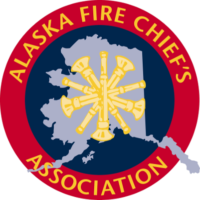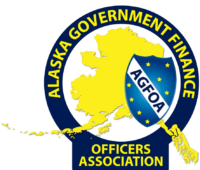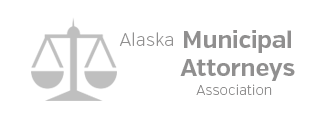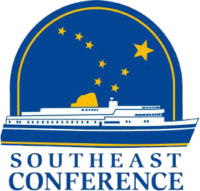Leaning Local
Updates from cities and boroughs – ordinances and resolutions that are making a difference.
Value of Local Government
Alaska’s local governments:
- maintain the same number of road miles as the Alaska DOT&PF
- maintain the majority of Alaska’s public libraries
- spend $75 million more on public safety than the Alaska Dept. of Public Safety
- include the five largest county-equivalents in the nation
Library
- Alaska Municipal Code Library
- National Database of Municipal Code
- Mayor’s Handbook – Primer for small city mayors
Resources
Links to State and Federal local government resources.
State of Alaska Local Government Resource Desk
Manager Evaluations
- AML Presentation – City Council and City Manager Performance Evaluations
- ICMA – Manager Evaluation Templates
Template Policies
Helpful Tools & Information
Local Government Matters
Reality of Government
The mission of AML is to strengthen Alaska’s local governments. What are some of their challenges? What is it like to work for a rural city or borough in Alaska? Find out more with the Reality of Government, a short video highlighting the municipalities of Kotzebue, Northwest Arctic Borough, Utqiagvik, and Toksook Bay.
Sample Alaska Municipal Codes
Local Government FAQs
Open Meetings Act
In general, the Open Meetings Act provides that “[a]ll meetings of a governmental body of a public entity of the state are open to the public except as otherwise provided by this section or another provision of law.”
AS 44.62.310(h)(1) defines “governmental body” as:
an assembly, council, board, commission, committee, or other similar body of a public entity with the authority to establish policies or make decisions for the public entity or with the authority to advise or make recommendations to the public entity; “governmental body” includes the members of a subcommittee or other subordinate unit of a governmental body if the subordinate unit consists of two or more members;
AS 44.62.310(h)(2) defines “meeting” as:
a gathering of members of a governmental body when
(A) more than three members or a majority of the members, whichever is less, are present, a matter upon which the governmental body is empowered to act is considered by the members collectively, and the governmental body has the authority to establish policies or make decisions for a public entity; or
(B) more than three members or a majority of the members, whichever is less, are present, the gathering is prearranged for the purpose of considering a matter upon which the governmental body is empowered to act, and the governmental body has only authority to advise or make recommendations for a public entity but has no authority to establish policies or make decisions for the public entity;
Finally, AS 44.62.310(h)(3) defines “public entity” as:
an entity of the state or of a political subdivision of the state including an agency, a board or commission, the University of Alaska, a public authority or corporation, a municipality, a school district, and other governmental units of the state or a political subdivision of the state; it does not include the court system or the legislative branch of state government.
A gathering of members of a public entity is considered a “meeting” that is required to be open to the public when there are more than three members or a majority of the members, whichever is less, present. 3 Thus, it would depend on the total number of members of the “governmental body” to determine whether two or three local elected officials getting together to discuss official business violates the Open Meetings Act. If the governmental body in question consists of six or more members, then a meeting of two or three local elected officials would not violate the Open Meetings Act. In contrast, if the governmental body in question consisted of five members and three elected officials met to discuss official business, such a meeting would likely violate the Open Meetings Act.
More Information about the Open Meetings Act: https://www.commerce.alaska.gov/web/dcra/LocalGovernmentResourceDesk/LocalGovernmentElectedOfficials/OpenMeetingsAct.aspx
Harbor Policies
18.28.065 Auxiliary vessels
Only one auxiliary vessel is permitted to each primary vessel at no charge from March 1 to November 15 when in the company of the primary vessel, except that auxiliary vessels may be left in the primary vessel’s exclusive slip unaccompanied for 24 hours at no charge. An auxiliary vessel may not exceed one-half the overall length of the primary vessel and not exceed a maximum length of 25 feet. Auxiliary vessels may not have an enclosed cabin and must be consistent with and designed to support the type of fishery or operation engaged in by the primary vessel. [Ord. 1205, 2006; Ord. 1188, 2005; Ord. 1168a §1, 2004; Ord. 879 §4, 1990]
18.28.220 Securing of auxiliary vessels
No person may tie or attach a skiff, scow, raft, or any other auxiliary craft alongside, astern, or ahead of a vessel moored within the small boat harbors if such auxiliary craft will obstruct or interfere with the normal movement of any vessel or be likely to cause rubbing or chafing damage to any other vessel. [Ord. 653, 1982]









